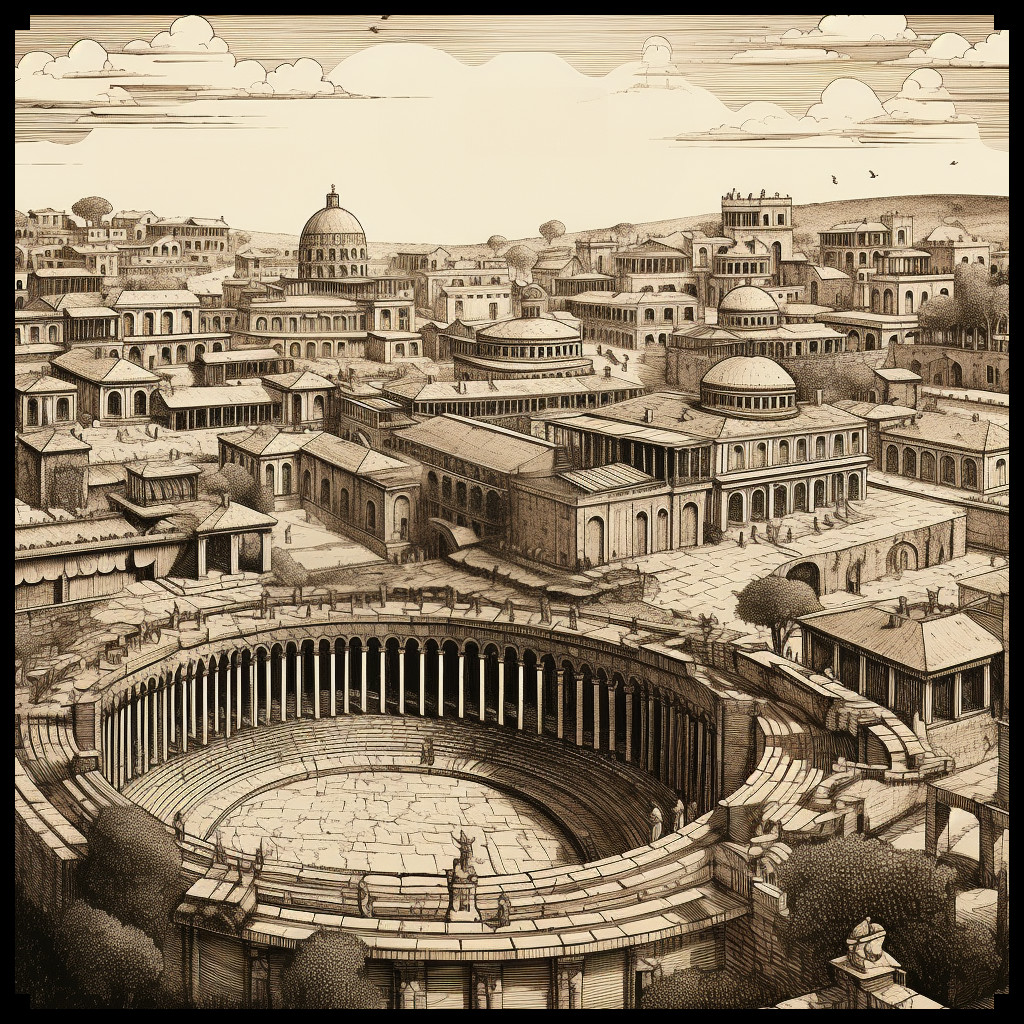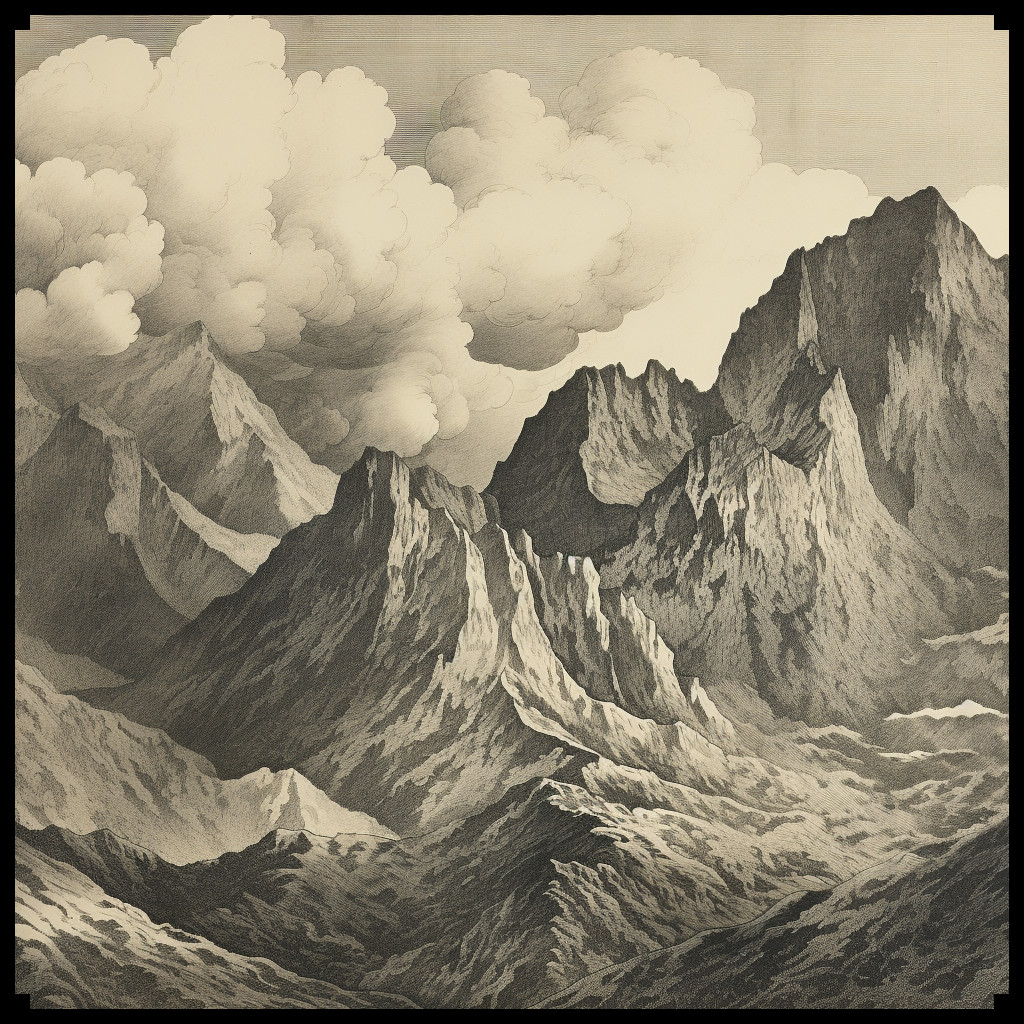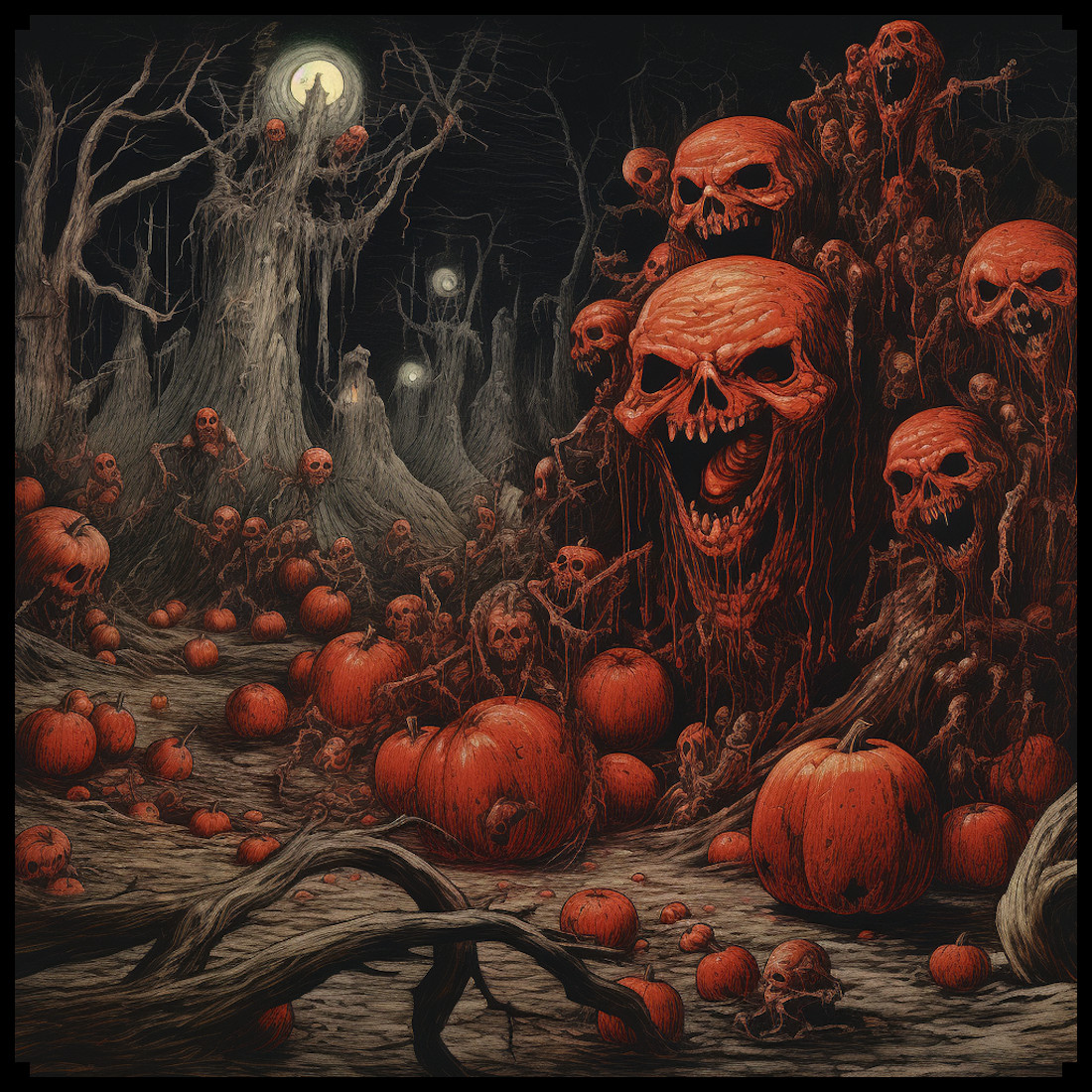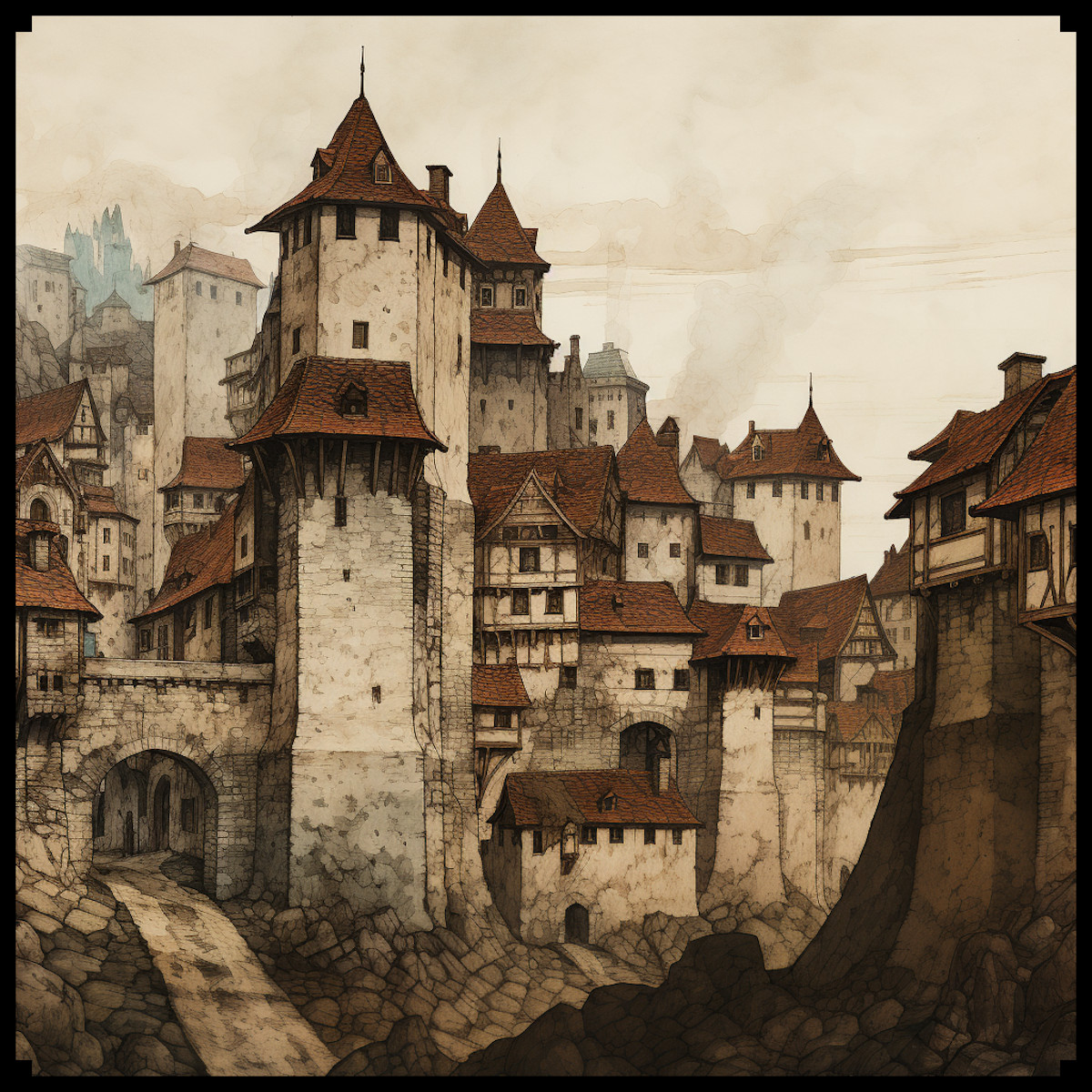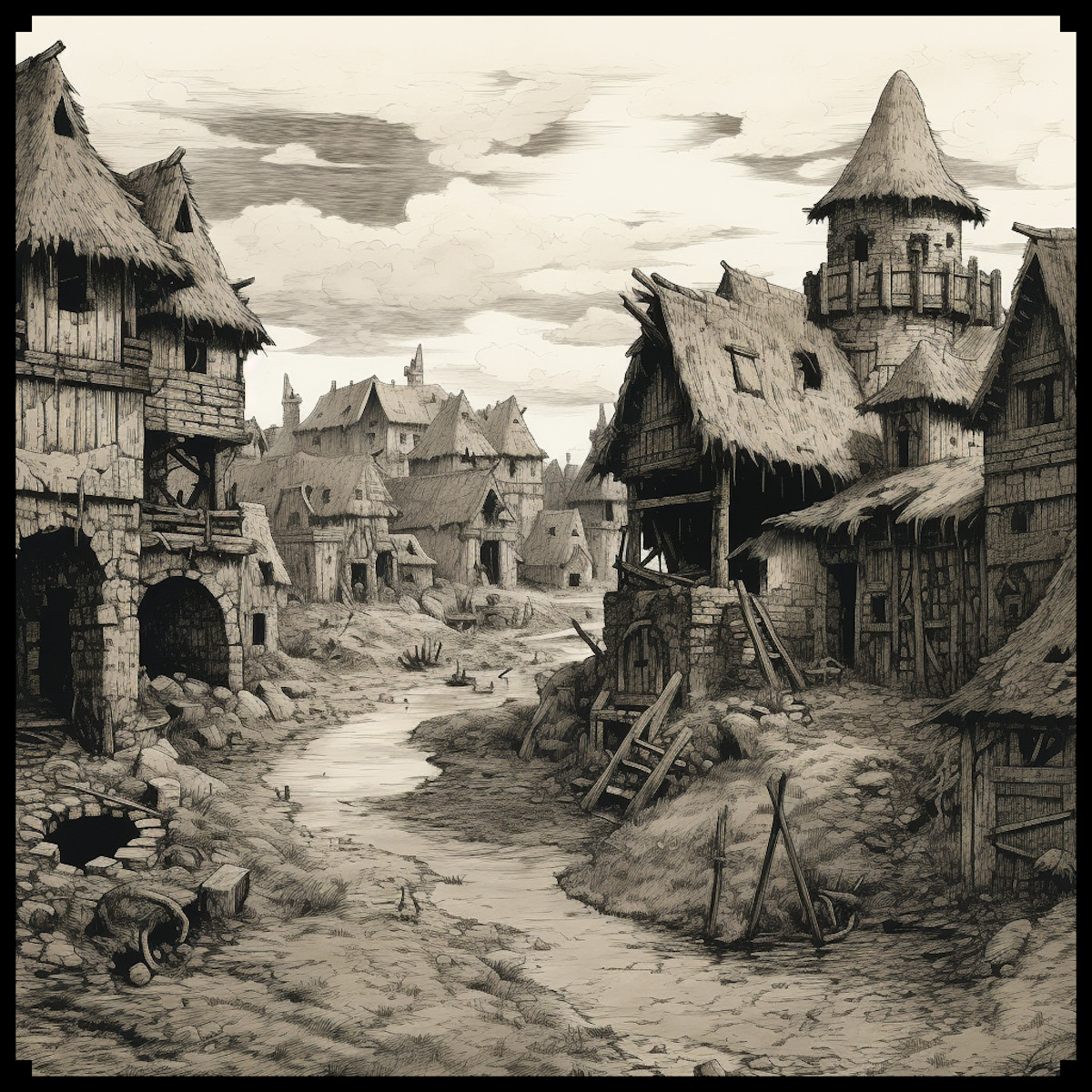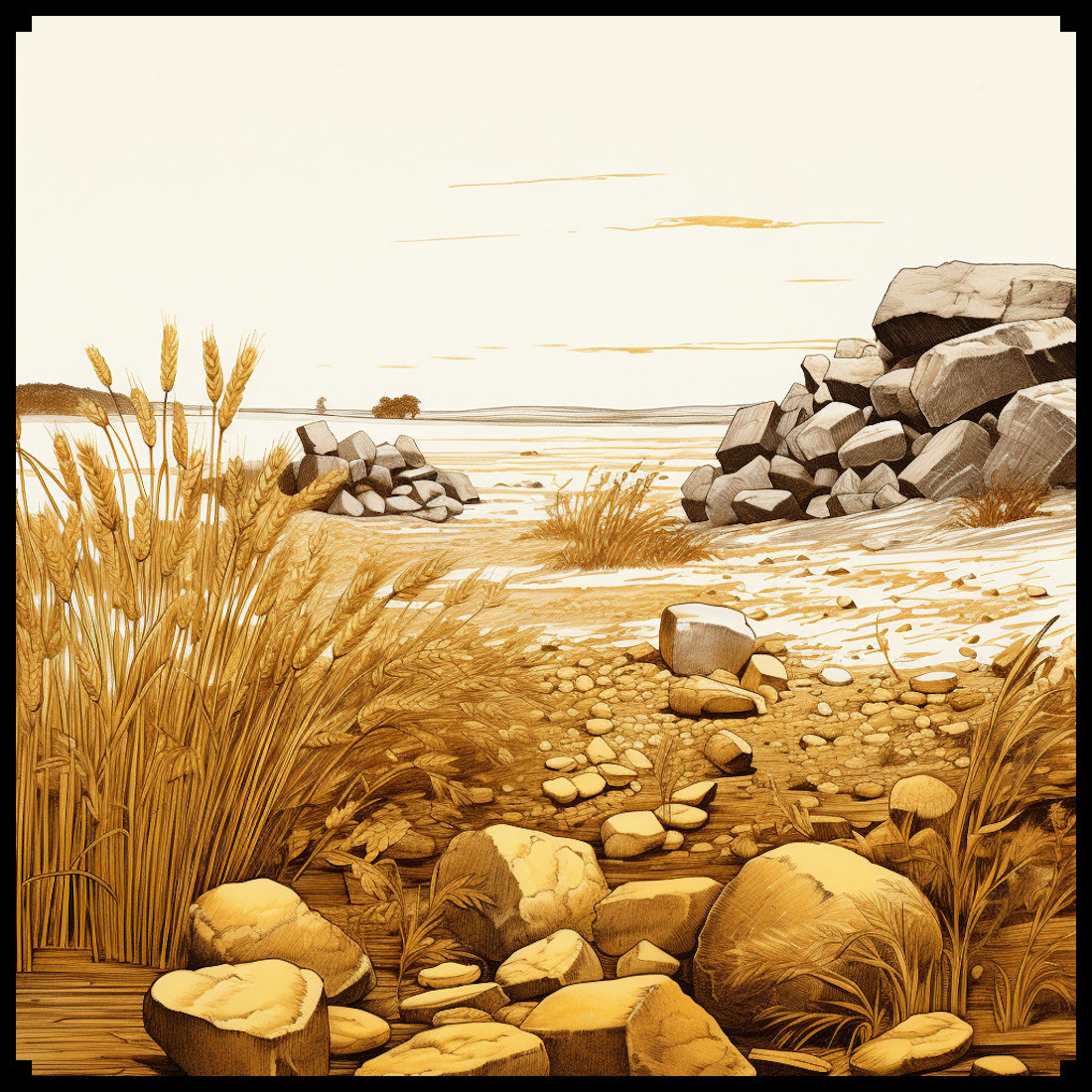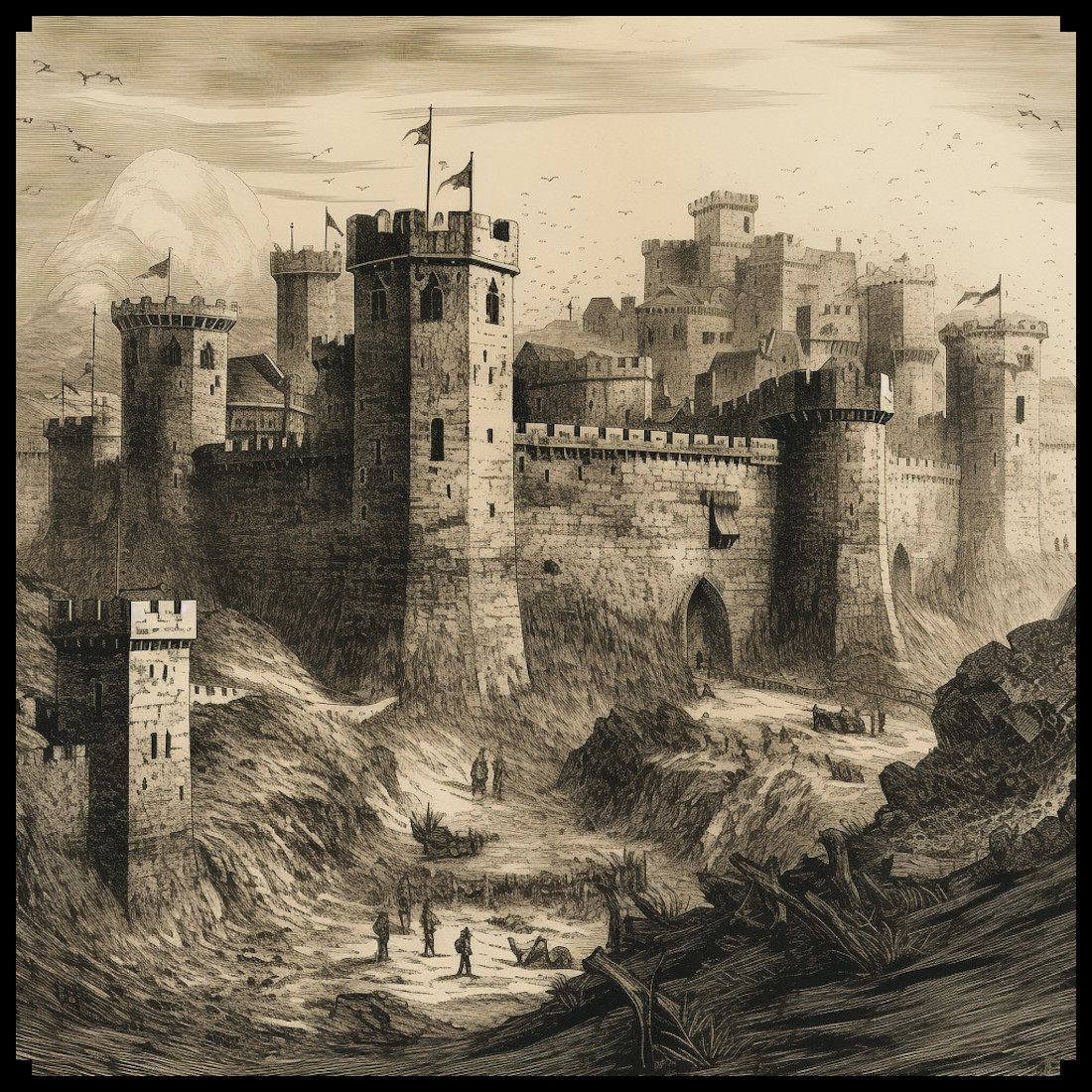
Embark on a journey through the annals of history and fiction as we unravel the captivating role of dungeons, pointing hands, and magic circles in the intricate world of maps. The Ultimate Dungeons Megapack – Vintage Assets Pack serves as our guide, offering an immersive collection that draws inspiration from both tangible history and fantastical realms. Let’s delve deeper into the historical context and fictional allure of these elements.
BUY AND DOWNLOAD The Ultimate Dungeons Megapack – Vintage Assets Pack :
Dungeons: Echoes of Ancient Strongholds
The concept of dungeons traces its roots to medieval history, where fortified castles and sprawling catacombs housed prisoners, treasures, and mysteries. The Ultimate Dungeons Megapack brings this history to life with assets like the Brooding Bastion, reminiscent of the imposing dungeons depicted in historical manuscripts. Think of the Bastille during the French Revolution or the Tower of London, and you’ll grasp the significance of dungeons as symbols of power, intrigue, and peril.
Pointing Hands: Navigational Wisdom in Historical Maps
Historical maps often featured pointing hands, directing explorers toward uncharted territories and potential hazards. One such example can be found in ancient maritime maps, where illustrations of disembodied hands guided sailors through treacherous waters. The Ultimate Dungeons Megapack pays homage to this tradition with evil pointing hands, mirroring the ominous warnings found on maps that marked territories plagued by mythic beasts, pirates, or other perilous encounters.
Magic Circles: Arcane Secrets Across Time
Magic circles, laden with esoteric symbols and arcane knowledge, have left an indelible mark on history and fiction alike. Consider the intricate circles etched into grimoires of medieval sorcery or the summoning circles depicted in Renaissance-era occult manuscripts. The Ultimate Dungeons Megapack – Vintage Assets Pack incorporates this historical mystique, providing map creators with circles that evoke the ancient rituals practiced by alchemists, sorcerers, and secret societies.
Dungeon Keepers: Guardians of Forbidden Knowledge
Throughout history and fiction, mysterious guardians have stood watch over hidden realms. The dungeon keepers in the Ultimate Dungeons Megapack find their inspiration in the hooded sentinels of Gothic literature and ancient manuscripts. Picture the guardians of forbidden knowledge in Umberto Eco’s “The Name of the Rose” or the enigmatic figures protecting ancient tombs in Edgar Allan Poe’s tales – these hooded keepers add layers of intrigue and danger to the maps they inhabit.
Conclusion:
In the symphony of historical echoes and fictional wonders, the Ultimate Dungeons Megapack – Vintage Assets Pack emerges as a tapestry woven with threads from both realms. From the echoes of medieval dungeons and maritime exploration to the arcane symbols of magic circles and the guardians inspired by literature, this collection invites map creators to craft narratives that transcend time. As we traverse the realms of history and fiction, let the dungeons, pointing hands, and magic circles guide us through a landscape where every detail tells a story and adventure awaits at every turn.

